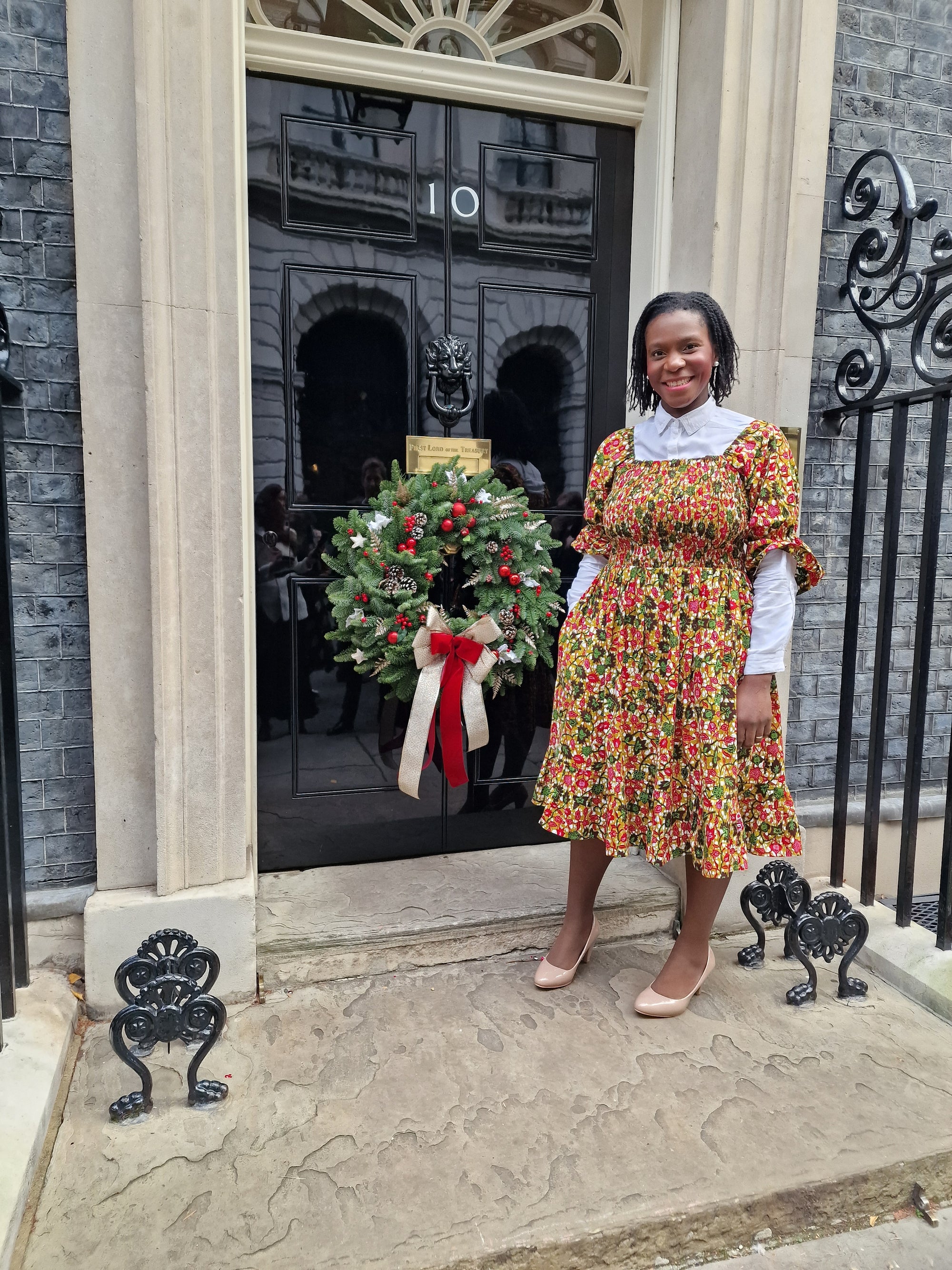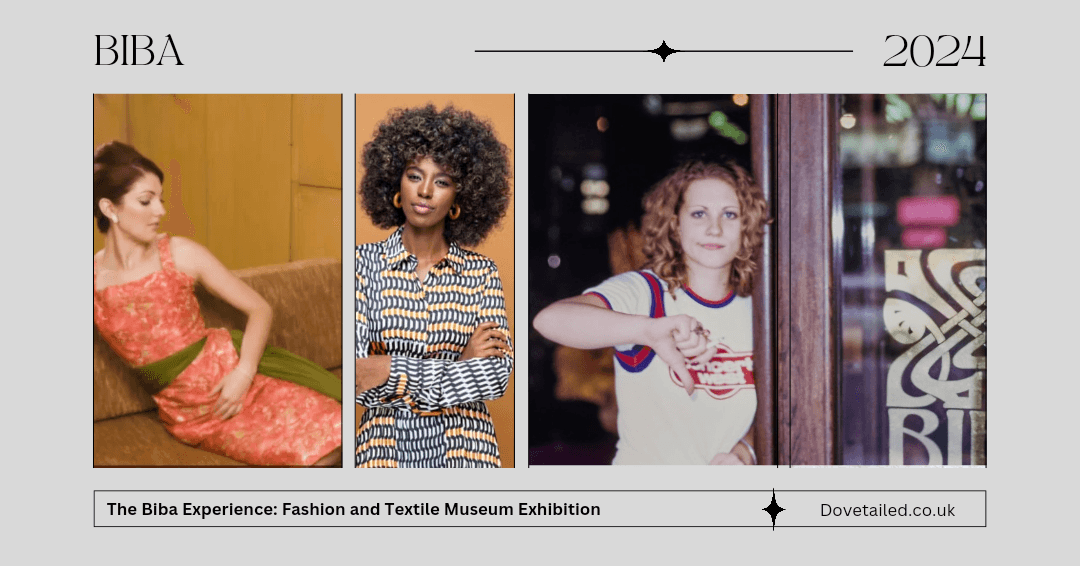The GBSB has returned! We follow 10 remaining competitors on their sewing journey where they delve into this week’s theme on West Africa; paying homage to vibrant garments inspired by the diverse continental area . In this next series of blogs, you can learn in more detail about the intricacy of the tapestry and rich fabrics that West Africa has to offer.
In the Made-to-Measure, the sewers have to make a boubou, flowing wide-sleeved robe. The boubou is an African robe made of one large rectangle of fabric with an opening in the centre for the neck, when worn it drapes down over the shoulders and billows at the sleeves. It is worn across West Africa in countries such as Senegal and Cameroon and in some parts of North Africa. In the vibrant tapestry of African fashion, the boubou stands as a timeless and iconic garment.
The boubou is known for its loose, flowing shape and voluminous fabric, which allows for comfort and freedom of movement. There are various styles and variations of the boubou across Africa, each reflecting the unique cultural traditions of different regions and ethnic groups. In West Africa, the boubou is commonly seen in two distinct styles: the grand boubou, characterised by wide sleeves and a flowing gown-like structure, and the female kaftan, which is more fitted and often accompanied by a matching headscarf. However, in East Africa, the boubou is known as the kanzu and is traditionally worn by men, featuring a long tunic with embroidered details. The fabric used to create boubous varies from region to region, with popular choices including vibrant African wax prints, delicate lace, colourful tie-dye, or luxurious brocade.

The tradition of the boubou can be dated as far back as the eighth century, the word "boubou" comes from the Wolof mbubbe which is the principal African language of Senegal. In Yoruba, it is known as agbada; in Hausa, it is babban riga, while in Tuareg, it is k’sa grand boubou. It was historically worn by Muslim communities in West Africa and the boubou was popularised through the spread of Islam in the nineteenth century. The high-status garment was widely adopted throughout the region by elites, Muslim and non-Muslim alike. The style remains fashionable today, not only in West Africa but elsewhere on the continent and in its diaspora. The boubou holds deep cultural and symbolic significance. It is often associated with special occasions, celebrations, and religious ceremonies, representing elegance, grace, and dignity. The colours, patterns, and motifs used in boubou designs often carry messages of ancestral heritage, spiritual beliefs, or historical events.
Boubous are adorned with intricate details, patterns, and embellishments that hold deep symbolic meanings. These symbols often reflect cultural values, spiritual beliefs, or historical references. The colours used in boubou designs carry specific symbolism. For instance, blue represents spirituality and protection, green signifies fertility and prosperity, and gold is associated with wealth and royalty. The patterns and motifs can depict animals, plants, geometric shapes, or abstract symbols, each carrying its own significance.


The boubou has not only preserved its cultural significance but has also gained international recognition for its elegance and beauty. In recent years, African designers have embraced the boubou, incorporating it into contemporary fashion and merging traditional aesthetics with modern trends. The global fashion industry has also been inspired by the boubou, incorporating its elements into mainstream fashion collections. African-inspired prints, vibrant colours, and flowing silhouettes reminiscent of the boubou can be seen on runways and in the wardrobes of fashion influencers worldwide.
With its flowing silhouette, bold patterns, and rich cultural significance, the boubou encapsulates the essence of African traditions and stands as an iconic African garment that has transcended time, celebrating the beauty of all the diverse African cultures , bridging ancient traditions with contemporary fashion.
Want to have a go at sewing with African fabric? Shop here.
Looking for a range of sewing patterns designed specifically with African wax print fabric in mind, shop here.
Want to buy ready-made in a selection of Dovetailed garments? Shop ready made here.




